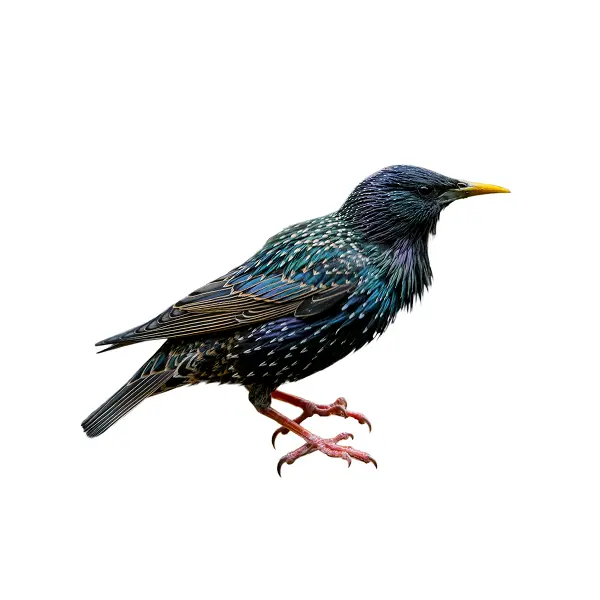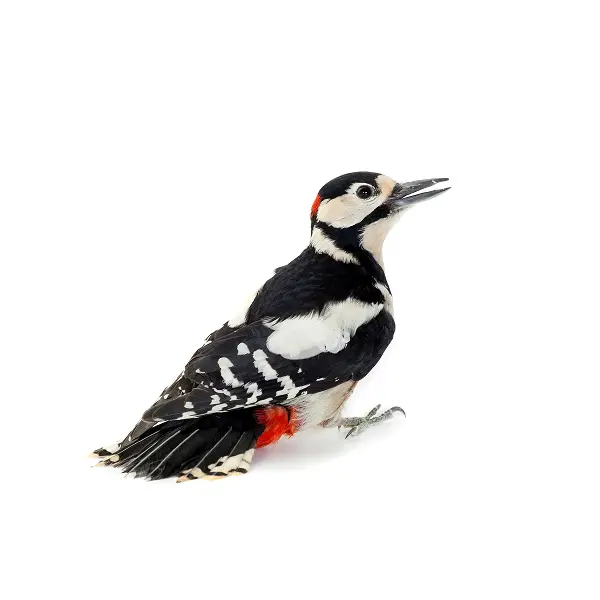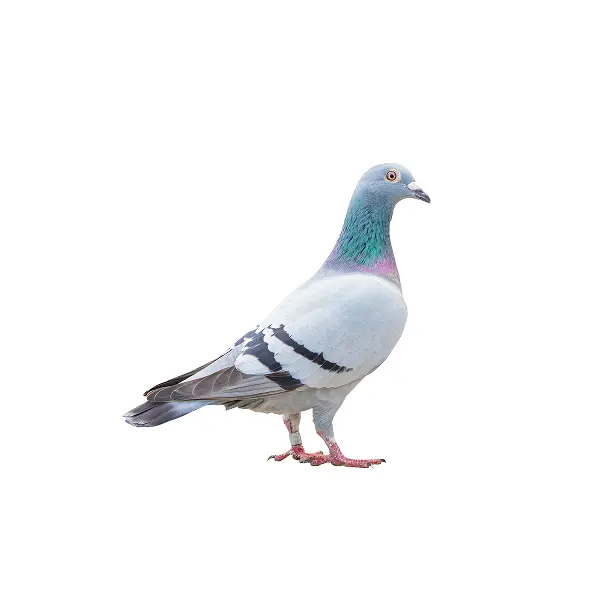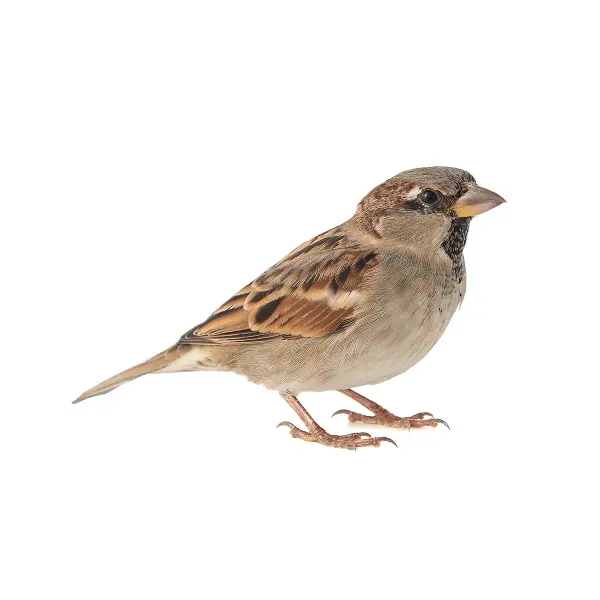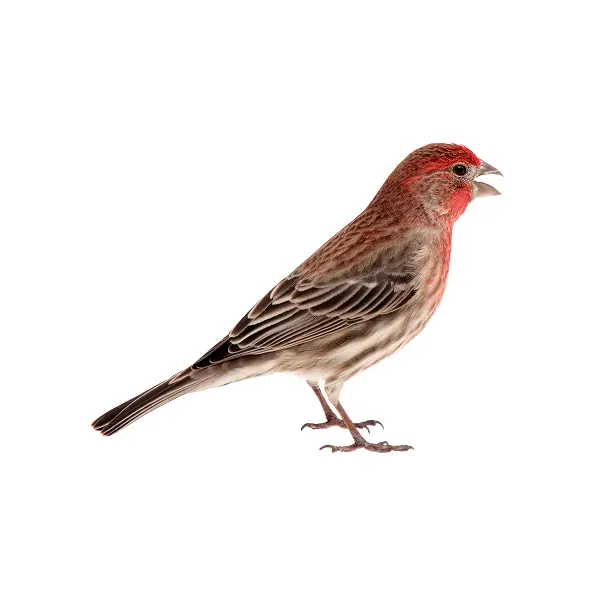European Starling Identification
What Do European Starlings Look Like?
European Starlings are easily distinguished by their short tails and slender yellow beaks. Outside of their breeding season, their glossy black feathers shimmer with green and purple hues. However, during the breeding season, their plumage changes to a speckled white appearance, and adults may also show yellow accents around the eyes. Young starlings, on the other hand, are more muted, marked by brown streaks and dull coloring.
Signs of a European Starling Infestation
You might be witnessing a European Starling infestation if you notice flocks frequently settling on rooftops, utility lines, or trees, especially during the evening. Piles of droppings beneath common roosting spots reveal their presence if they’re hidden. As they search for food, these birds can also leave behind damage in gardens, crop fields, or fruit trees. Also, listen out for their constant, loud chatter, signaling nearby nesting or roosting activity.
Habitat, Diet, Life Cycle & Impact
Where Do European Starlings Live?
Starlings are highly adaptable, and are able to thrive in both hot and cold climates. Additionally, they often aren’t very afraid of humans, letting them settle in nearly anywhere. In urban settings, they find a home easily, taking advantage of abundant food sources and shelter. Out in rural areas, you can spot them in open fields, orchards, or around farms. Within cities and suburban neighborhoods, they’ve adjusted well, nesting in a wide range of spots such as building ledges, illuminated signs, lamp posts, and even inside dryer vents, stove exhausts, and air ducts. They prefer to roost in tree cavities or narrow crevices, but they won’t hesitate to move into attics when natural spaces are scarce.
Diet of a European Starling
European Starlings enjoy many foods, but insects and fruits make up the biggest portion of their diet. Within the breeding season, they focus on ground-foraging for insects like beetles, caterpillars, grasshoppers, and spiders, by searching through vegetation. Once breeding ends, their diet shifts to include fruits, berries, grains, and seeds, which may cause them to terrorize orchards and crop fields. In city environments, they show their opportunistic nature by scavenging for food scraps and visiting bird feeders whenever the chance arises.
Life Cycle of a European Starling
The life cycle of a European Starling starts in late winter or early spring, when males engage in aerial displays and melodic calls to attract a mate. Once paired, the female lays 4 to 6 eggs, which can be found in tree cavities, crevices, or even in man-made structures. The eggs rest for roughly 12 days, and both parents do their best to feed the hatchlings. Chicks typically leave the nest about three weeks after hatching. It’s common for starlings to raise multiple broods within one breeding season.
Impact of European Starlings
Beyond their noisy, disruptive behavior in flocks, starlings are also responsible for many forms of property damage. Their droppings are not only unsightly, but can erode pavement and asphalt over time. As the droppings dry, the remaining waste can also trigger asthma. European starlings are able to carry several diseases, including salmonella, E. coli, and cryptococcosis. Their nesting preferences, whether in soffits, dryer vents, attics, or rooftops, can lead to structural issues and an increased risk of fire hazards. Lawns plagued by insects often attract swarms of starlings, which, while feeding, leave behind thousands of holes in the grass, compromising the appearance and structure of the yard.
If you’re dealing with a starling infestation, reach out to our experienced bird control specialists today.
Are European Starlings Aggressive?
European Starlings are known for their aggressive tendencies, especially when searching for nesting cavities. If competition is particularly fierce, they might even displace other bird species in the process. Their competitive nature extends to food sources as well, particularly in urban areas where resources can be scarce. During breeding season, male starlings frequently engage in territorial squabbles with rival males. Though they typically don’t exhibit direct aggression toward humans, their territorial and competitive behavior is often directed at other birds.
European Starling Prevention Tips
A few ways to prevent European Starling infestations:
- Close Off Entry Points: Block any gaps, vents, or openings in buildings, eaves, and ducts to keep starlings from settling in and building nests.
- Install Bird Control Devices: Consult a bird control professional to set up deterrents such as bird spikes, mesh, or netting around areas where starlings are likely to roost or nest.
- Reduce Food Availability: Sweep up spilled birdseed, avoid leaving pet food outdoors, and opt for bird feeders specifically designed to exclude larger birds like starlings.
- Manage Vegetation: Keep trees and shrubs trimmed back from structures to limit available nesting spots and reduce convenient perching sites.
- Incorporate Scare Methods: Deploy visual deterrents like shiny reflective tape or scarecrows to make the area less appealing for starlings looking to roost.
Reach out to Action Pest Control today for local bird treatment.
